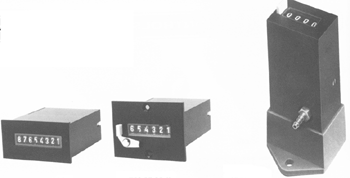Three Commonly Used Pneumatic Valves
Pneumatic valves are designed to control the airflow in a pneumatic system by either directing or blocking air/gas flow. To meet the wide-ranging demands of engineers, pneumatic valves are constructed using a variety of configurations. Each configuration allows for different work to be done, so you should not use pneumatic valves interchangeably. Acquiring and using the right pneumatic control tool allows engineers to work successfully.
Getting to know the common types of pneumatic valves can help you narrow down your choices. Below, we want to highlight some of the most used pneumatic control tools.
Check Valves
These pneumatic valves create a free-flow of air that goes in only one direction. It blocks the flow of air in the opposite direction. These valves are considered passive, which means that they do not require an external input to function properly. These devices are similar in function to a diode within an electrical circuit.
Quick Exhaust Valve
These pneumatic valves have a single input, a single outlet, and a single exhaust. As pressure is applied to the input, air begins to flow to the outlets. The pressure is removed from the exhaust, which flows from the outlet.
Flow Control Valve
These pneumatic valves are typically used when air velocity through the pneumatic control system must be closely monitored and controlled. Adjustable versions of these devices use a needle valve that controls the flow of air.
Related Reading
- How to Best Control Pneumatic Energy
For more information about pnuematic controls or pneumatic valves, you should not hesistate to give our team a call. - The Values of Pneumatic Components in a Pneumatic Control System
- The Effectiveness of Pneumatic Controls Systems


- Ellis/Kuhnke Controls
132 Lewis Street Unit A-2, Eatontown, N.J. 07724
Phone: 1-800-221-0714
Fax: 732-291-8154
Email: Info@ekci.com
- Home Pneumatic Controls Technical Info CAD Drawings Contact Us Pneumatic Timers Blog Site Map
